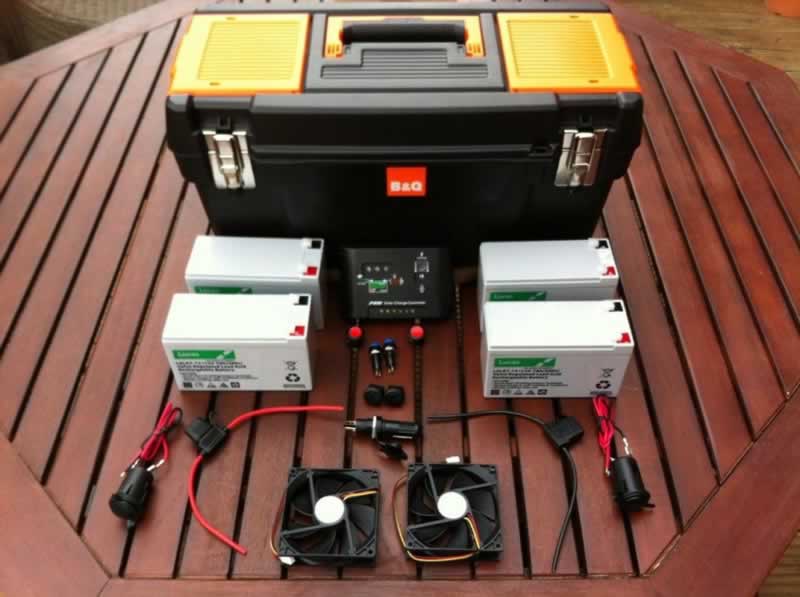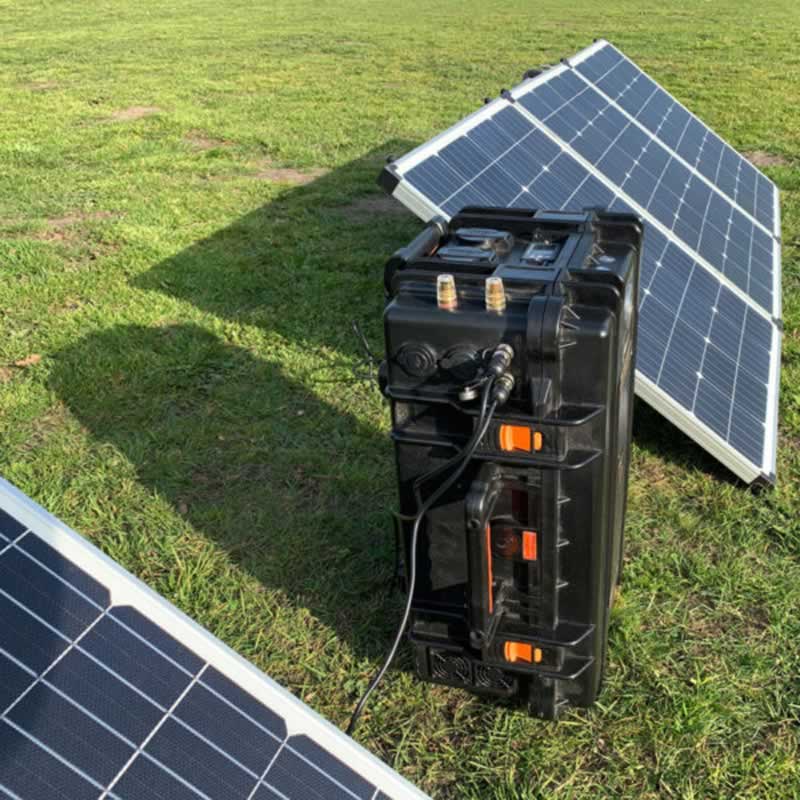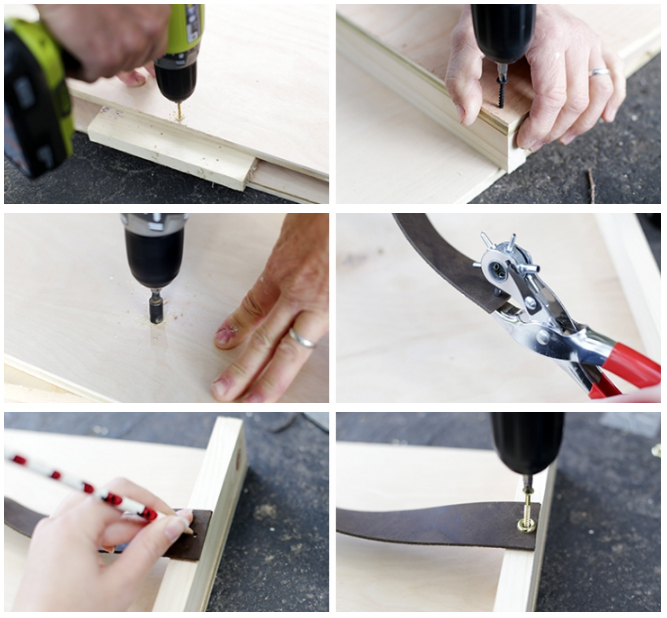The idea of tapping into an abundant source of energy appeals to many of us, and harnessing the sun’s power can be highly cost-efficient too. A good way of achieving that aim would be to search out the best DIY solar generator kit and learn how to turn the idea into a reality.

Here is an overview of how to build a DIY solar generator to generate your energy.
What is in a solar generator kit?
The good news is that a DIY solar generator doesn’t have too many components. A typical kit only has a few main parts to function. An essential part of your DIY kit is the solar panel. This is the main component that will be used to convert sunlight into what is known as direct current (DC). The best choice is usually foldable or portable solar panels. This is because they have been specifically designed to be compact and tough enough to be suitable for outdoor use. Next on your kit list is the solar charge controller. The MPPT controller (Maximum Power Point Tracking) is considered the best option for adapting to the sun’s variable power and delivering a charge to your battery that is considered to be a clean and reliable output.
Storing your energy
You want to be able to tap into the power you have generated as and when you need it. To do this, you will require a battery. There are two types of battery technology. Lithium-ion and lead acid. The latter is the cheaper option, but it is recommended that you invest in a lithium-ion version. It is more expensive but should prove longer-lasting and more reliable in the long run.
Converting DC into AC
Your DIY solar kit is designed to generate DC power. Your home appliances use AC. That means you will need an AC/DC inverter to convert your power into a clean electricity supply for your home.

Protecting your DIY solar generator
You need to give your solar generator adequate protection from dust and humidity. The way would be to ensure that you buy a good quality case to house your kit. Being able to protect them with a case also gives you an element of portability that gives you more freedom to use your DIY solar generator in various locations and settings.
Ensuring a good level of safety
Last but not least, it should be remembered that breakers and electrical wiring are key elements of your DIY kit. They are essential to the safe operation of your DIY solar generator. A typical kit should contain a 30amp fuse set, 4 AWG and 12 AWG inverter and charger cables, and extension cables for solar modules. Assembly is relatively straightforward if you follow the instructions carefully and are reasonably competent in DIY tasks.
The kit you buy should come with detailed guidance on installing your solar generator, and help is often available if you have any technical issues or require further assistance. There are many good reasons why it could pay to invest in a DIY solar generator kit, especially the opportunity to harness the power of the sun to create your electricity.







